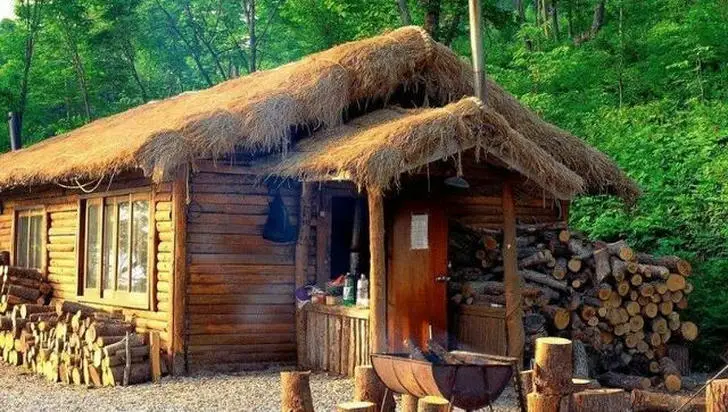How are Log Cabins Built? Log Cabin Kits Can Help You
Advertisement

No heavy machinery means you can build your cabin with minimal impact on surrounding trees and wildlife. And, concerning ecological issues, it's worth noting that wood walls have better insulation than many other building materials. Many dealers obtain green certifications, and some engage in extensive reforestation work.
Kits can include options like wood stoves, solar panels, and composting toilets to help you live comfortably. Adaptability is a major advantage of log cabin kits. A cabin might not be much bigger than a studio apartment, occupying just 500 square feet (46.5 square meters); yet, it can turn a small or irregular plot into perfectly usable ground. Kits can also ensure your construction complies with building codes. You'll know the kit's floor plans and engineering designs are relatively sound, and its doors, windows, and roof must meet certain specifications. The price is also attractive, though it largely depends on the size and floor plan, materials and methods you use, and how much upkeep the cabin requires. Some types of log cabins might cost as little as $7,500. Other costs are on par with traditional homes. Labor is a major factor; if you build the cabin yourself, you don't have to pay someone else.
